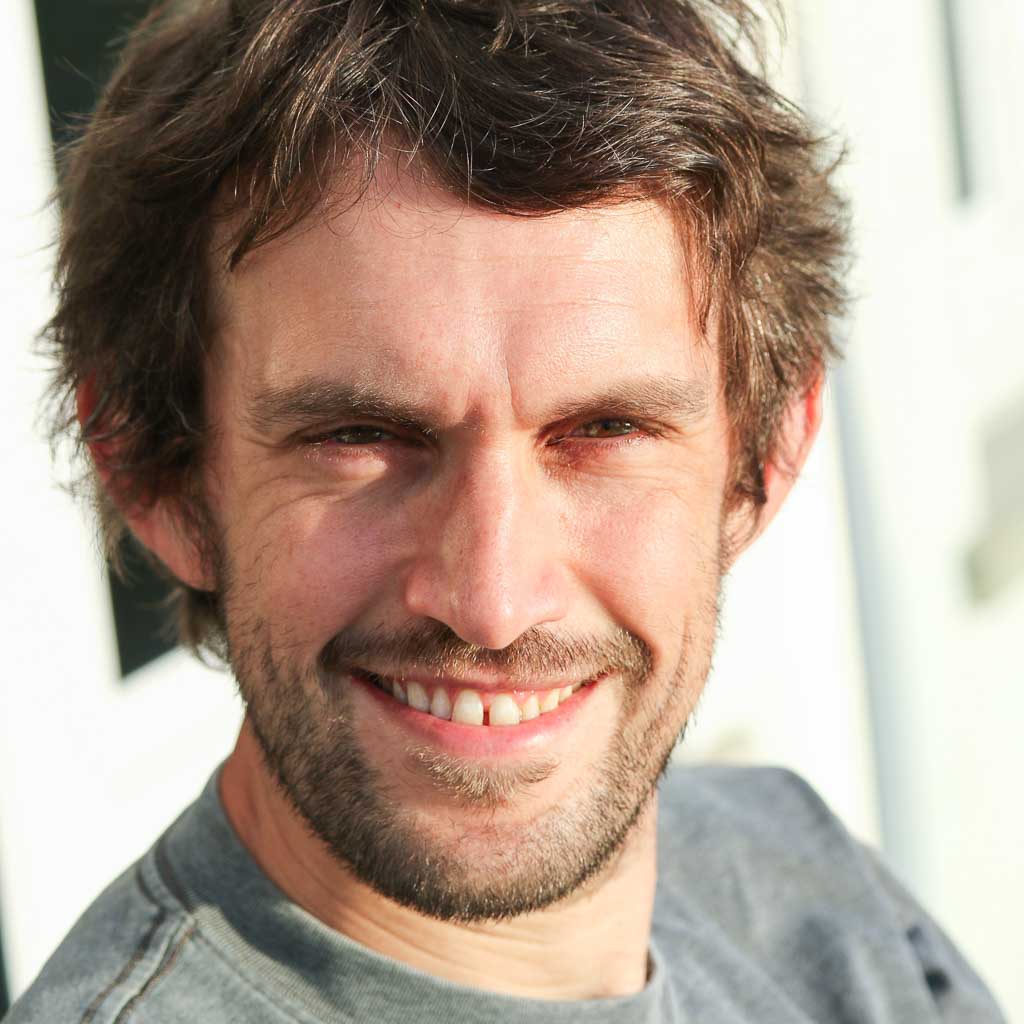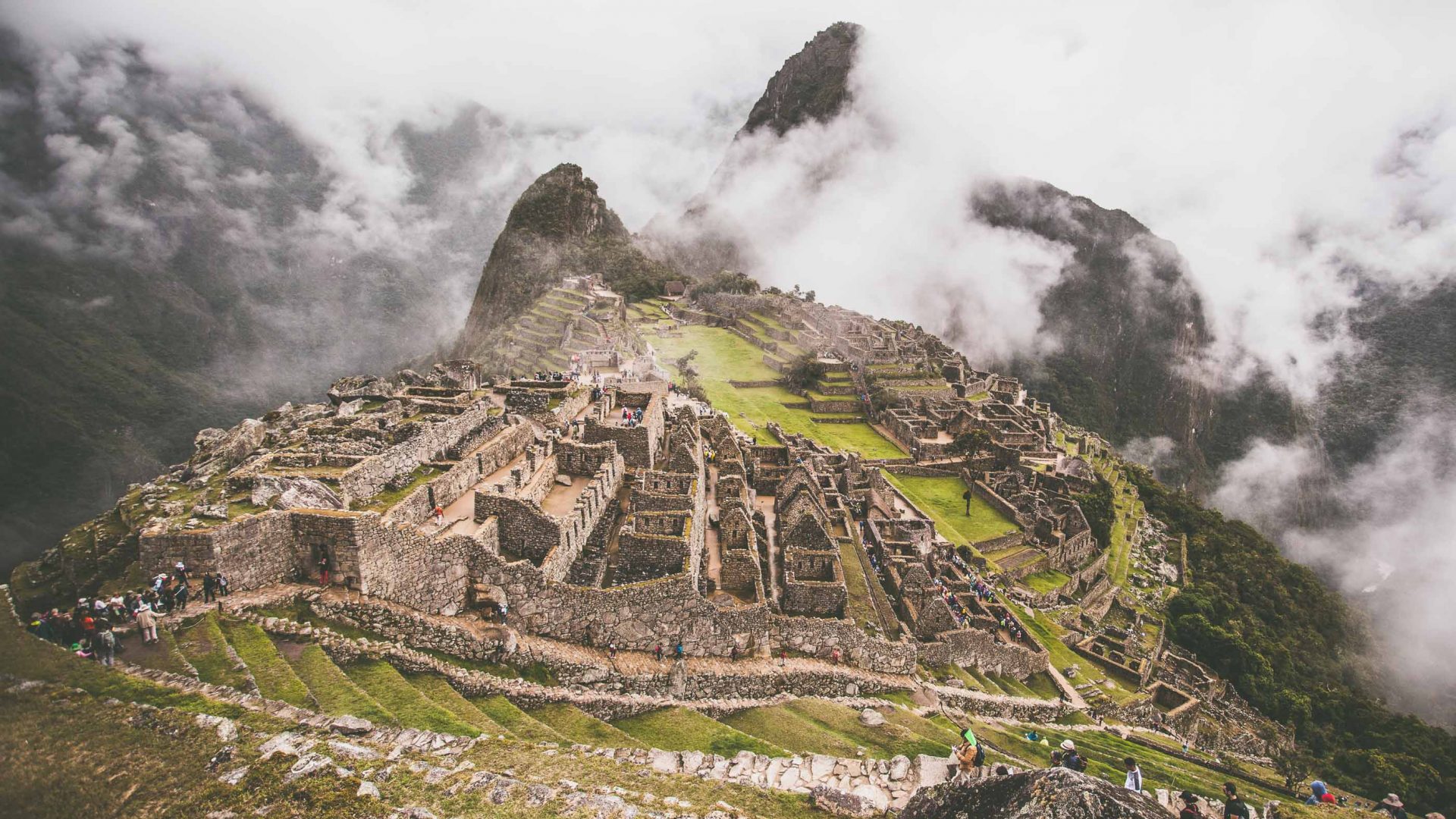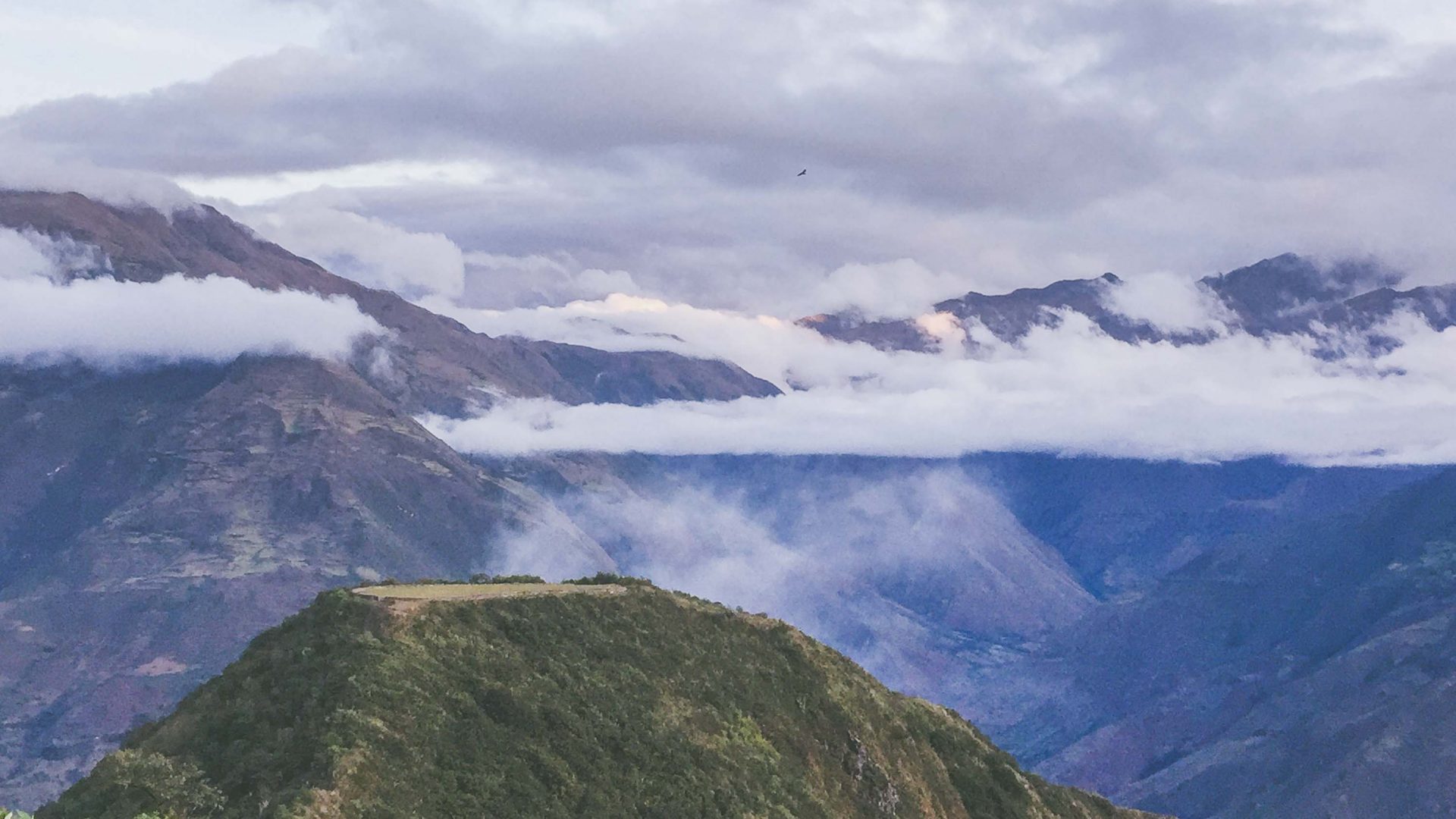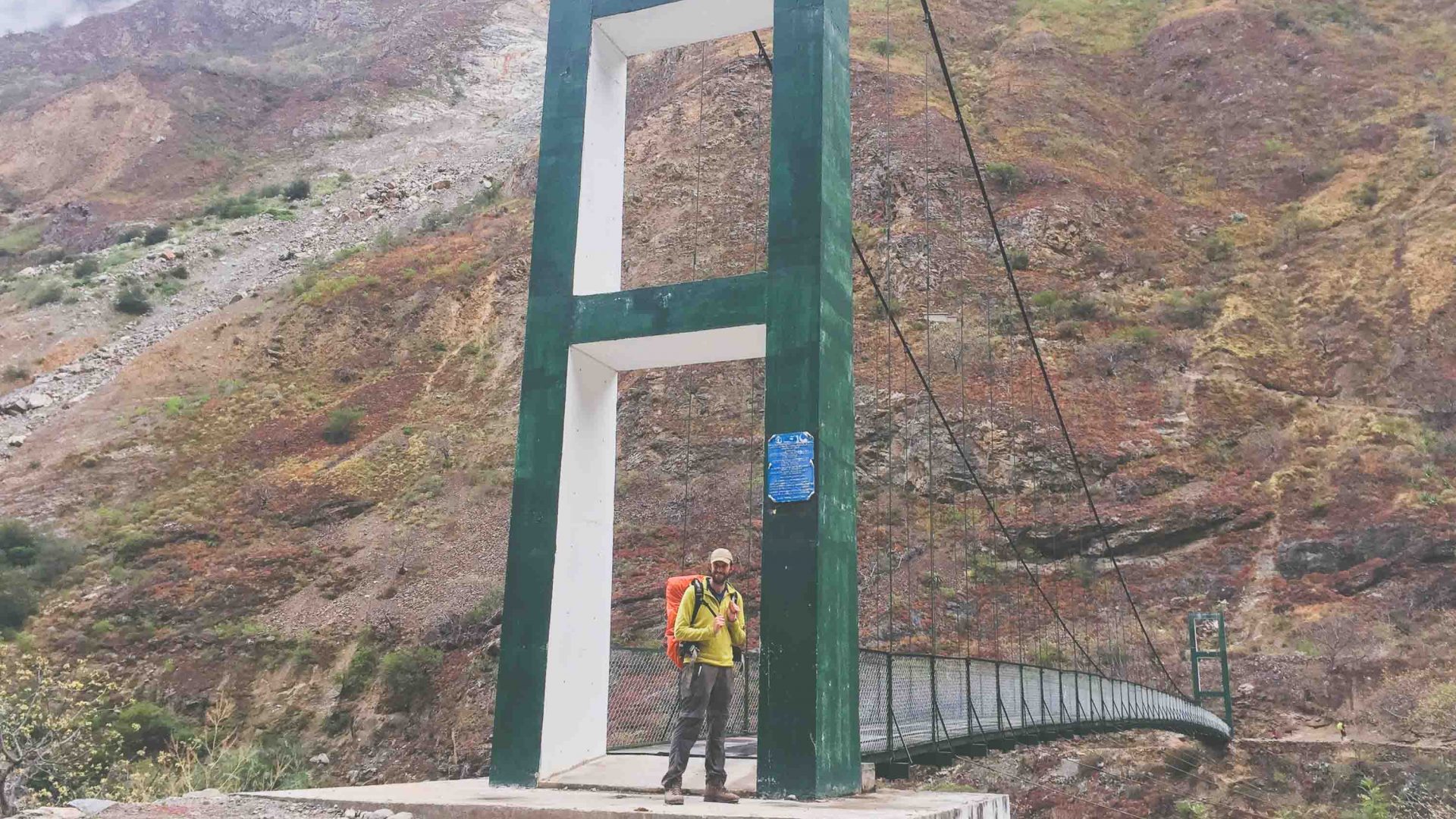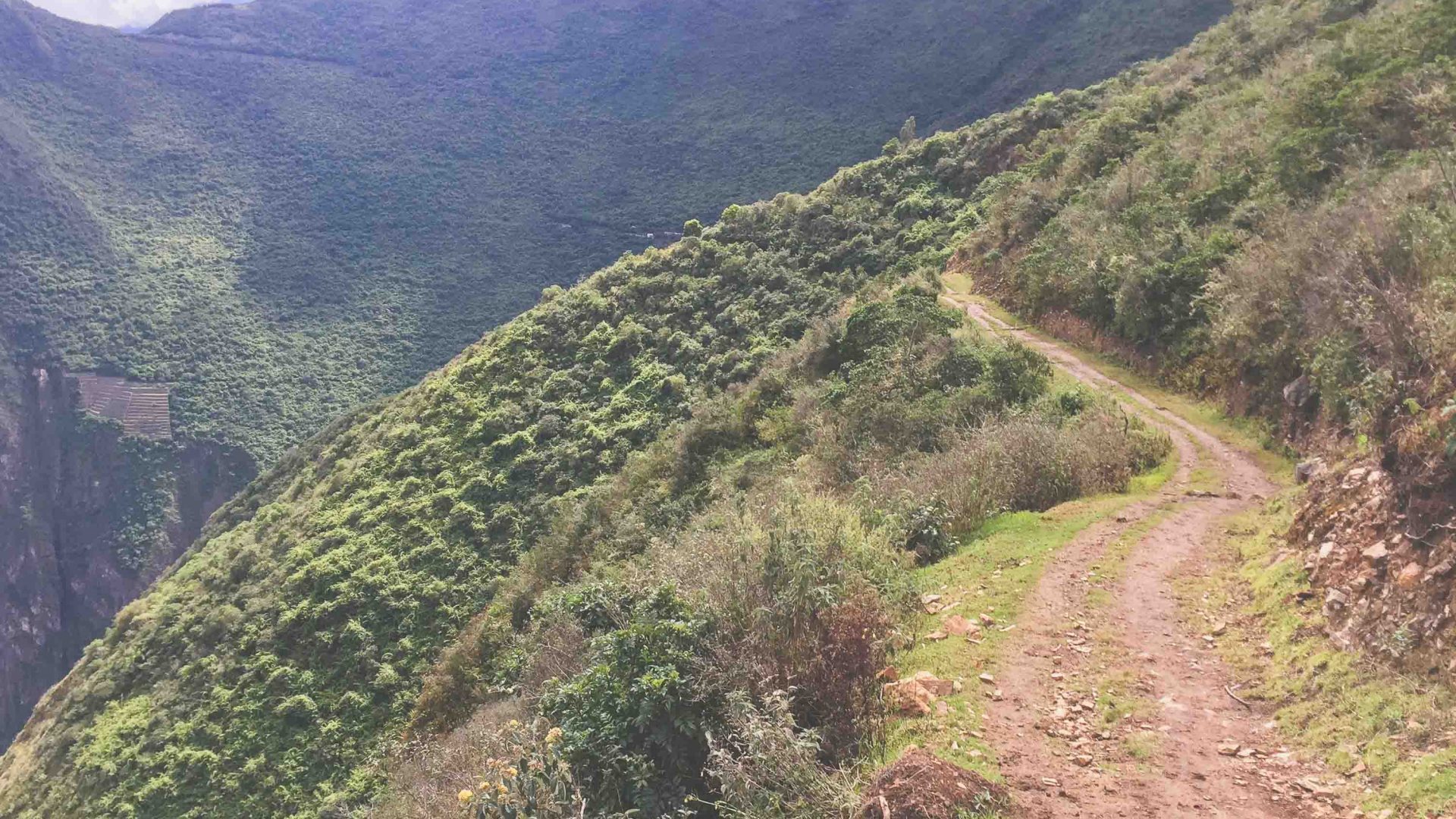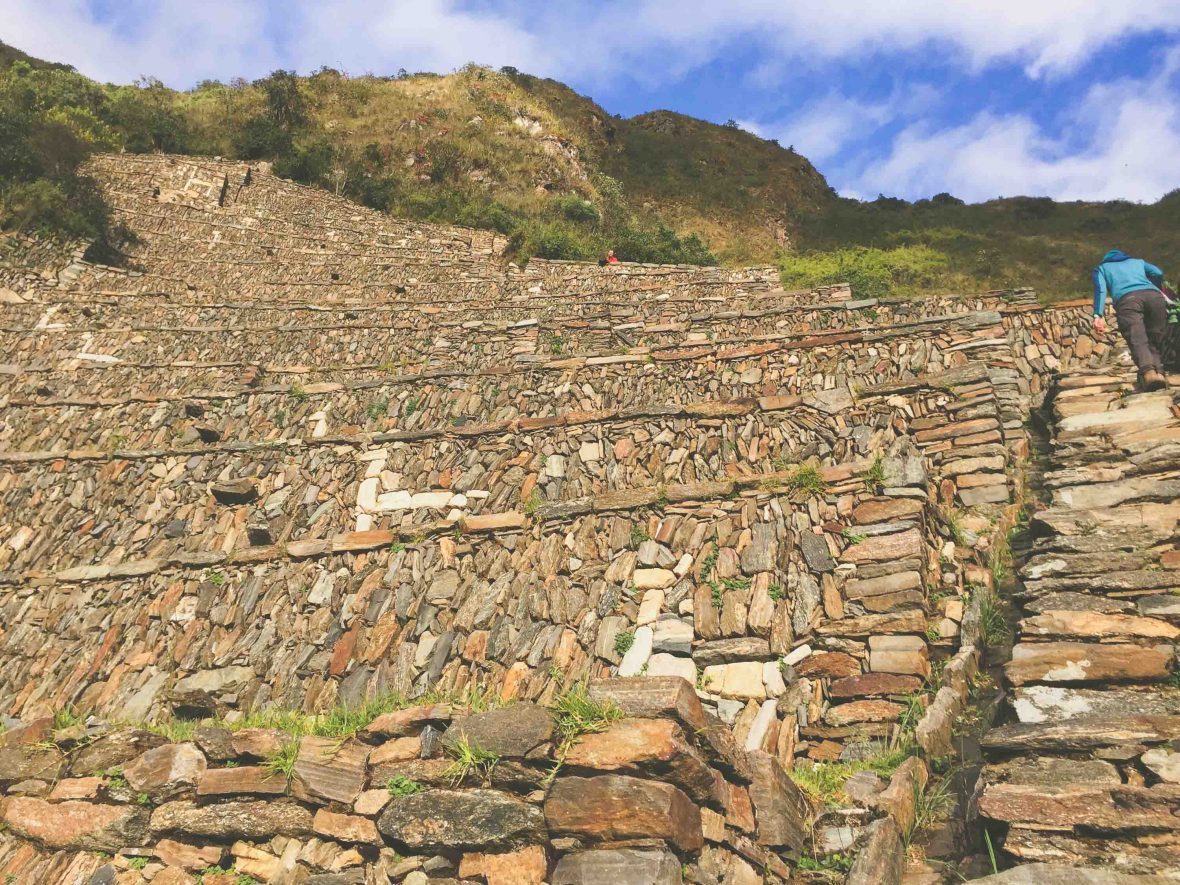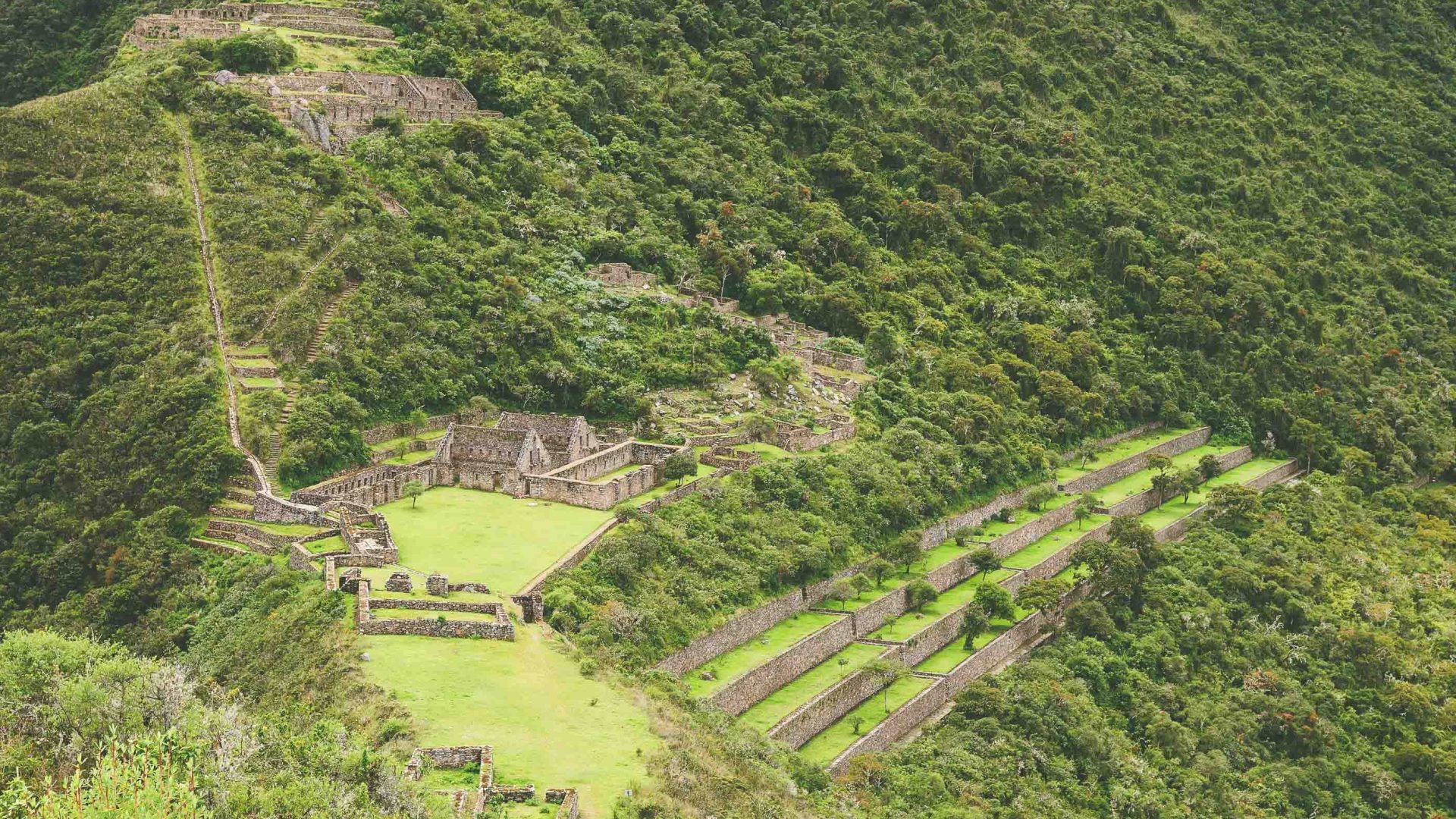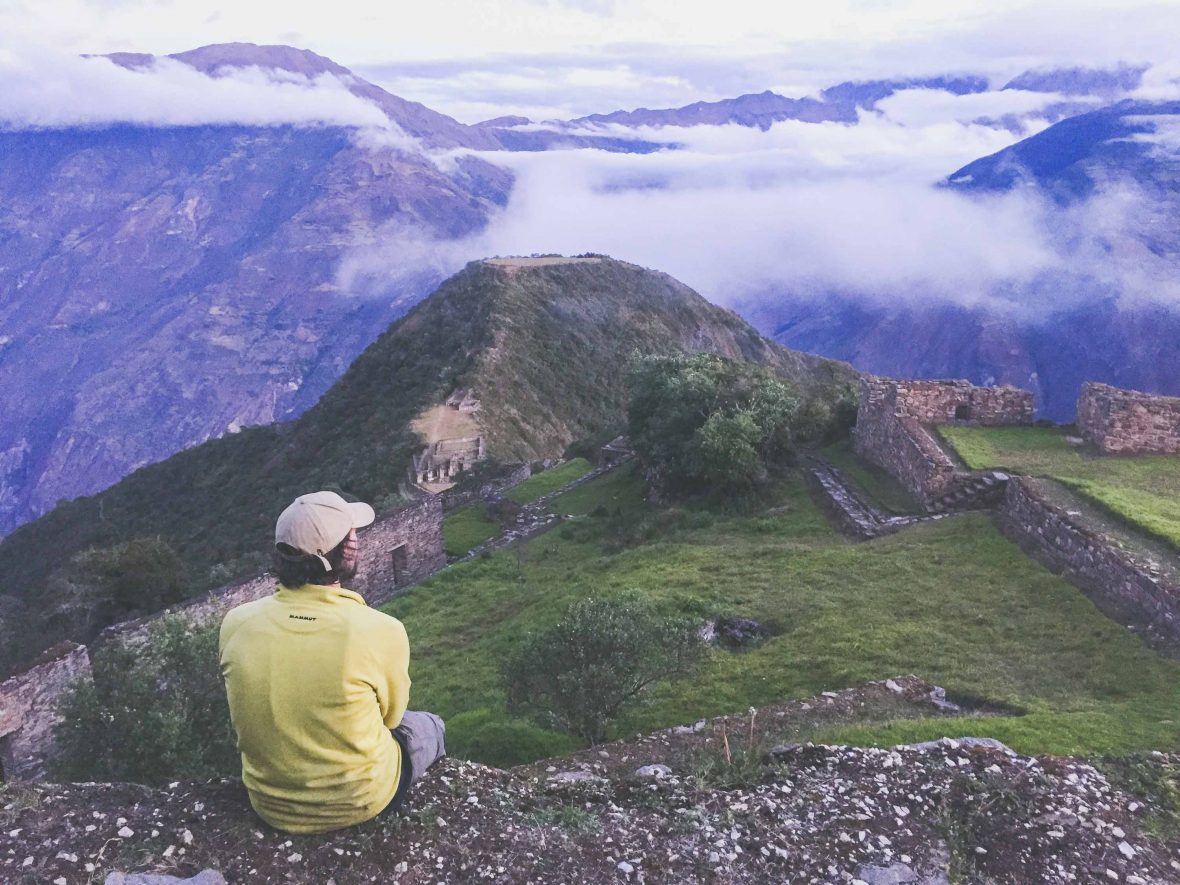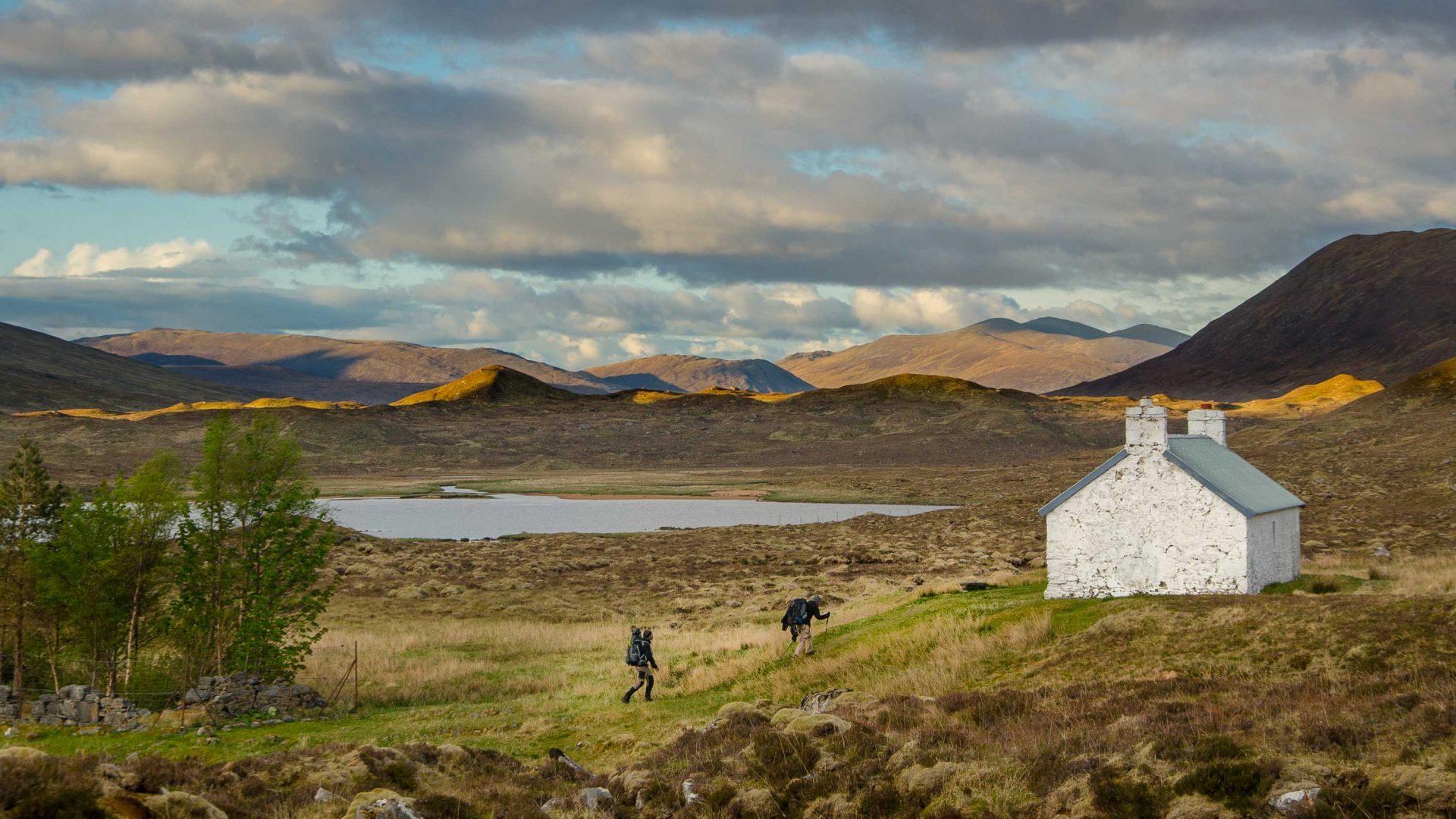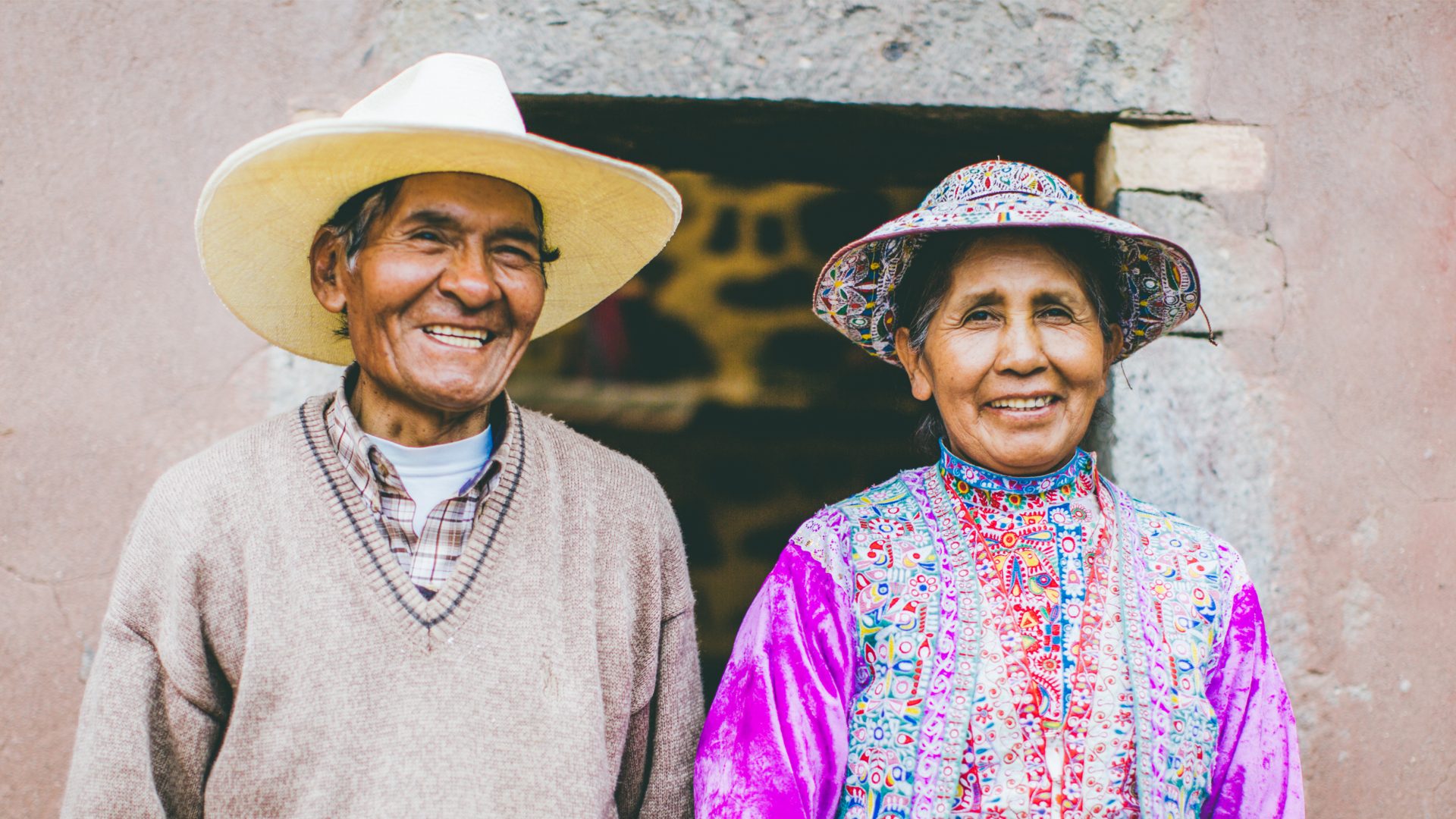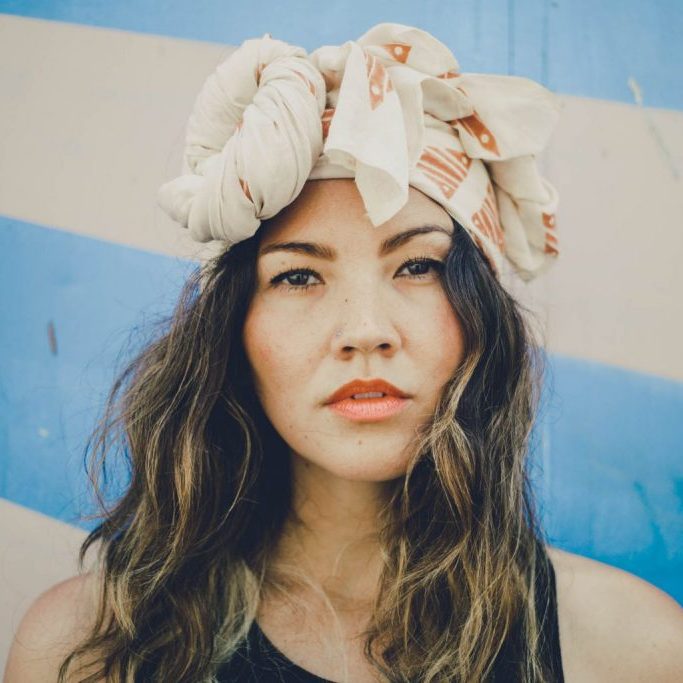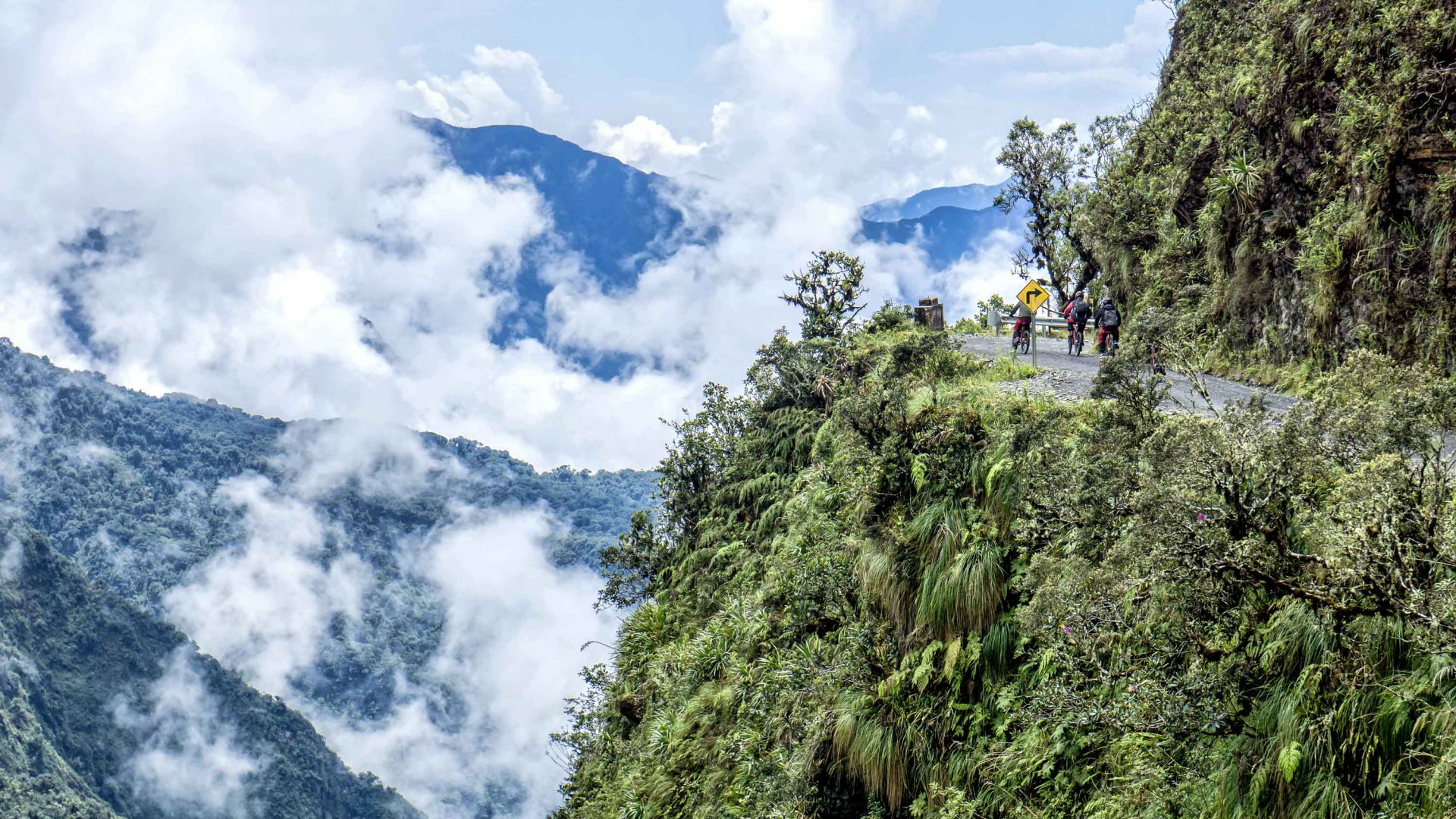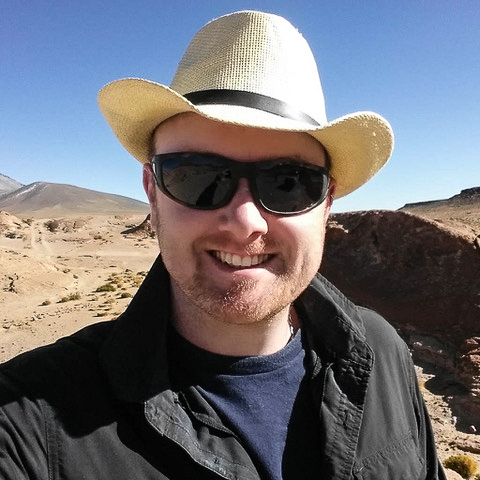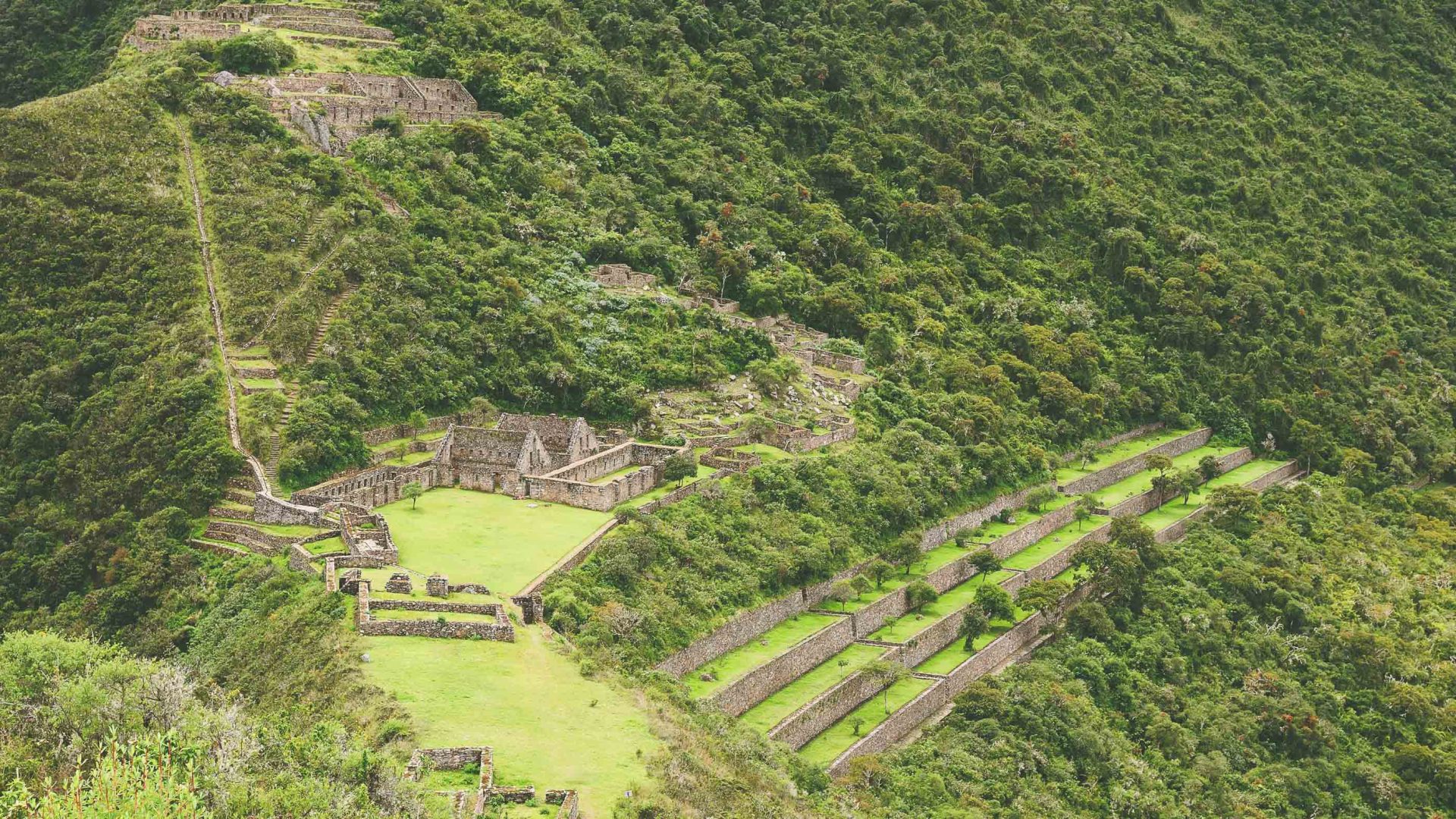
It’s the ‘sacred sister’ of Machu Picchu, just 40 kilometers away, yet receives a fraction of the visitors. Luke Waterson takes on the challenging trek to the Inca citadel of Choquequirao.
The first thing you notice about Cachora, the start point for the two-day trek to Choquequirao, is that there are no other tourists.
As the taxi, carrying two horse breeders and myself, careens along the track twisting down into town in the peach-colored evening light, we pass families returning from work in the fields and the odd dawdling donkey.
But in contrast to the nearby Sacred Valley, home to Peru’s (and South America’s) most popular attraction, Machu Picchu, there are no gaudy ponchos, backpacks or big cameras in sight: In fact, no signs of foreign visitors at all.
I’m here to do what I have been told is one of Peru’s greatest hikes: The Inca trail to the citadel of Choquequirao. Its remains dwarf almost every other Inca site, spreading over several mountain slopes and 1,800 hectares in 12 separate sectors. This is just what’s known about it now—under 40 per cent is excavated.
